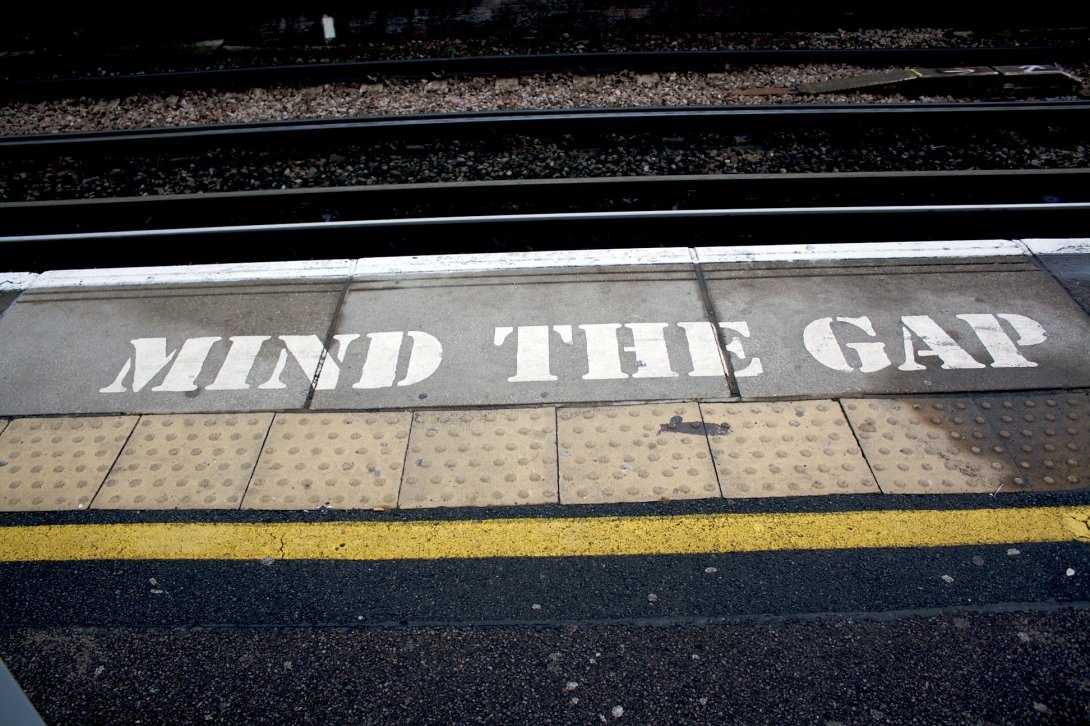Access, Affordability and the Digital Divide

Flickr user Kristian Dye
According to the Washington Post, you’re paying just the right amount for broadband service.
In an article last month, tech writer Brian Fung relied on a recent Pew study to support his conclusion that what people really need is internet “guidance” and “coaching” — rather than lower prices — to close the digital divide.
Digital-literacy training sounds like a nice, uncontroversial idea, and it may very well be a helpful piece of this puzzle. The trouble is, Fung glosses over fundamental details about the broadband market and ignores the huge impact that affordability — or the lack thereof — has on broadband adoption and the digital divide.
The price of access
Fung begins by noting that while 19 percent of broadband non-adopters cite price as the main barrier to internet access, nearly 34 percent say the internet simply isn’t relevant to their lives.
That may seem like a meaningful statistic, but by lumping all non-adopters together, Fung fails to account for differences in income.
When we break down the data by income levels, we see that as income decreases so does broadband adoption. As Fung himself notes, “Households living on less than $25,000 a year, for example, are half as likely to use the internet compared with those earning $100,000 or more.” And we also know that low-income households are far more likely to list price as the primary barrier than are wealthier non-adopters.
Furthermore, the “not relevant to me” number may not be all that useful. According to the U.S. Census Bureau, the percentage of non-adopters who claim they aren’t interested in internet service has remained steady, but adoption levels have increased across all incomes. So while the same percentage of non-adopters continues to cite irrelevance as a barrier, the number of people citing disinterest is shrinking. This suggests that expressed disinterest doesn’t actually prevent people from adopting.
Once they do adopt, people quickly begin to place an extremely high value on access.
Another Pew study reports that 46 percent of adults say the internet would be “very hard or impossible to give up”; other studies suggest that U.S. millennials would be more willing to part with their cars than with their mobile phones. And among former adopters who have since dropped their internet access, 48 percent say the service was “too expensive,” while just 15 percent cited disinterest.
Moreover, understanding the digital divide requires far more than a binary comparison of who’s online and offline. Fung reduces the debate to broad pronouncements about internet “users” and “non-users.” This framing ignores an obvious fact.
Not all internet access is equal
Vast differences in speeds and technologies, including the different capacities and price points of mobile versus fixed broadband connections, create a patchwork of different experiences in the broad category of people who have some kind of internet access.
A young Black woman in downtown Chicago using her mobile phone on spotty Wi-Fi connections and paying huge overage fees every time she tries to stream a video doesn’t have the same kind of access as a white middle-aged man with gigabit fiber-to-the-home — although one could argue they both qualify as internet users on the right side of the digital divide.
We know these divisions are more than theoretical. We see them in the data.
Black and Latinx people lag behind whites in broadband adoption by 16 percentage points, and when they do get online, often find themselves constrained to cheaper but more limiting mobile connections. Families making less than $20,000 a year are more likely than higher-income households to rely on slow dial-up connections. Many residents of rural communities can get broadband only at local libraries or businesses, adding another set of logistical barriers each time these families try to access the internet.
In fact, the very same Pew study that Fung cites shows that among internet users who don’t go online at home, 42 percent list exorbitant prices as the main barrier to home access.
Promoting digital literacy isn’t a bad goal on its own, but in this case it can be a distraction. We know that many people and communities most in need can’t afford broadband access. Census data show that even as overall broadband adoption has increased, racial and economic gaps have persisted.
It’s wrong to assume that marginalized groups don’t adopt broadband because they “just don’t get it.” It’s wrong to assume that only white, middle-class, suburban people in the United States are digitally literate enough to understand the true value of the internet. It’s wrong to assume that instead of trying to make broadband service more affordable we should instead rely on “educating” the single mother and the Native student and the Latinx grandfather.
High prices are locking communities out of our digital future, and instead of opening the door, we’re wondering why they don’t want to come inside.
Digital literacy shouldn’t be used as a cop-out for broadband providers and policymakers who don’t want to do the hard work of improving broadband affordability. We need to recognize that access, affordability and adoption go hand in hand, and get down to the real business before us.
This piece originally appeared on Medium.